Hydrocolloid Wound Dressing
$0.00
Shipped From Abroad
Typically 10-21 working days – excluding furniture and heavy/bulky equipment. Please contact us for further information.
Description
GCMD4907
• Hydrocolloid wound dressing is made of a wound contact layer of hydrocolloids and a top layer of either semi-permeable polyurethane film or polyurethane foam. On contact with wound surface, the hydrocolloid wound dressings create a moist environment, which can reduce pain, promote the formation of granulating tissue, prohibit bacteria infection
and speed up the healing process.
Product Characteristic:
• The hydrocolloid adhesive is skin friendly.
• When interacted with skin moisture, the hydrocolloid adhesive provides a secure sealing on the wound edge.
• The rounded corner design prevents the dressing from rolling and self adhesion.
• High absorption capacity for wound fluid.
• Good healing efficacyfor light to medium exuding wounds and leg ulcers.
• Ease of application.
• Semi-transparent nature makes it easy to observe progress in wound healing.
• Various different sizes for different wounds on different body locations.
Product Indication:
• Can be used to control skin ulcer, leg ulcer and pressure sores.
• Light abrasion wounds.
• Second degree burn wounds.
• Necrotic wound.
• The bordered and standard products are mainly used on light medium exuding pressure sores and leg ulcers.
• The thin products are mainly used on dry to light exuding superficial wounds, surgical post operative wounds and abrasions. It is also used on small wounds towards the end of healing phase.
Dressing procedure:
• Irrigate/ clean the wound with sterile isotonic saline solution or sterile water.
• Gently dry the surrounding skin and ensure that it is free of any residue.
• Choose the size and shape of dressing which is most suitable It should extend 1 .5 to 2.Ocm beyond the wound margin.
• Remove the large part of the protective paperfrom the dressing.
• Apply the exposed part of the dressing, centering it over the wound bed.
• Then remove the small part of the protective paper from the dressing and apply it.
• Finalize application of the dressing, making absolutely sure that the edges of the dressing adhere well.
Other important issue:
• The dressing is sterile and disposable, do not use product with damaged package.
• Change dressing immediately in case of leakage edge of the dressing.
• Use the dressing for a maximum of days, change dressing when full absorption is reached.
• The dressing should not be used other than for those wound indicated in “Product indication”.
• Size: 5x5cm, 10x10cm, etc.
Quick Comparison
| Hydrocolloid Wound Dressing remove | Male Urinal remove | Guedel Oropharyngeal Airway remove | Ambu Bag with Reservior remove | FlowMir Disposable Turbine with Cardboard Mouthpiece remove | Crutch remove | |||||||||||||||||||||||||||||||||||||||||||||||||||||||||||||||||||||
|---|---|---|---|---|---|---|---|---|---|---|---|---|---|---|---|---|---|---|---|---|---|---|---|---|---|---|---|---|---|---|---|---|---|---|---|---|---|---|---|---|---|---|---|---|---|---|---|---|---|---|---|---|---|---|---|---|---|---|---|---|---|---|---|---|---|---|---|---|---|---|---|---|---|---|
| Name | Hydrocolloid Wound Dressing remove | Male Urinal remove | Guedel Oropharyngeal Airway remove | Ambu Bag with Reservior remove | FlowMir Disposable Turbine with Cardboard Mouthpiece remove | Crutch remove | ||||||||||||||||||||||||||||||||||||||||||||||||||||||||||||||||||||
| Image | 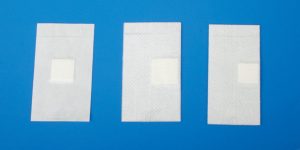 | 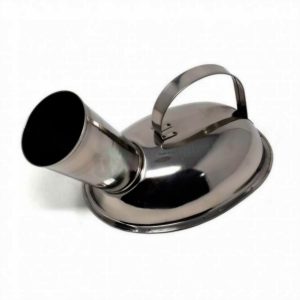 | 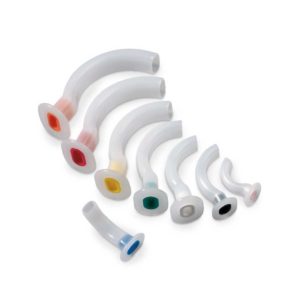 | 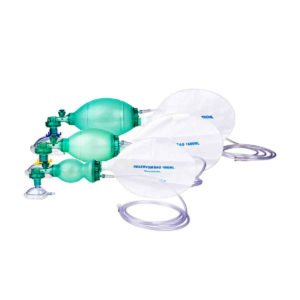 | 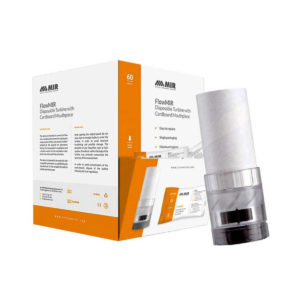 | 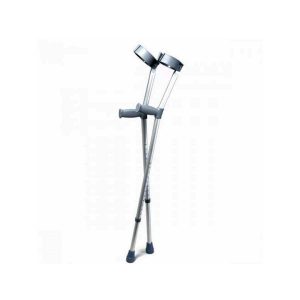 | ||||||||||||||||||||||||||||||||||||||||||||||||||||||||||||||||||||
| SKU | SF1033560130102-139 | SF1033560084-86 | SF1033560084-47 | SF1033560084-41 | SF1033560084-22 | SF1033560084-81 | ||||||||||||||||||||||||||||||||||||||||||||||||||||||||||||||||||||
| Rating | ||||||||||||||||||||||||||||||||||||||||||||||||||||||||||||||||||||||||||
| Price |
| $6.40 | $1.00 | $17.00 | $145.00 | $12.60 | ||||||||||||||||||||||||||||||||||||||||||||||||||||||||||||||||||||
| Stock | ||||||||||||||||||||||||||||||||||||||||||||||||||||||||||||||||||||||||||
| Availability | ||||||||||||||||||||||||||||||||||||||||||||||||||||||||||||||||||||||||||
| Add to cart | ||||||||||||||||||||||||||||||||||||||||||||||||||||||||||||||||||||||||||
| Description | Shipped From Abroad
Delivery & Availability:
Typically 10-21 working days – excluding furniture and heavy/bulky equipment. Please contact us for further information.
| In stock Delivery & Availability: Typically 5-7 working days – excluding furniture and heavy/bulky equipment. Please contact us for further information. | In stock Guedel Oropharyngeal Airway: This is used to create an air passage way between the mouth and the posterior pharyngeal wall. Useful when the tongue and/or epiglottis fall back against the posterior pharynx in anesthetized or unconscious patients obstructing the flow of air. Delivery & Availability: Typically 2 working days – excluding furniture and heavy/bulky equipment. Please contact us for further information. | In stock
Ambu Bag with Reservior: The ventilation bag is highly reactive with fast recoil and excellent stroke volume which help relieving fatigue to the rescuer. The thin-walled compression bag provides an excellent feel of lung compliance and helps avoid excessive ventilation that could damage the lungs.
| In stock Spirometry testing requires maximum accuracy and hygiene. Each Flowmir disposable turbine, which includes a cardboard mouthpiece, has been individually factory calibrated with a computerized system and it is packaged individually. FlowMIR® is an inexpensive alternative to a costly reusable flowmeter and replaces the need for an antibacterial filter Typically 2 working days – excluding furniture and heavy/bulky equipment. Please contact us for further information. | In stock Delivery & Availability: Typically 5-7 working days – excluding furniture and heavy/bulky equipment. Please contact us for further information. | ||||||||||||||||||||||||||||||||||||||||||||||||||||||||||||||||||||
| Content | GCMD4907 • Hydrocolloid wound dressing is made of a wound contact layer of hydrocolloids and a top layer of either semi-permeable polyurethane film or polyurethane foam. On contact with wound surface, the hydrocolloid wound dressings create a moist environment, which can reduce pain, promote the formation of granulating tissue, prohibit bacteria infection and speed up the healing process. Product Characteristic: • The hydrocolloid adhesive is skin friendly. • When interacted with skin moisture, the hydrocolloid adhesive provides a secure sealing on the wound edge. • The rounded corner design prevents the dressing from rolling and self adhesion. • High absorption capacity for wound fluid. • Good healing efficacyfor light to medium exuding wounds and leg ulcers. • Ease of application. • Semi-transparent nature makes it easy to observe progress in wound healing. • Various different sizes for different wounds on different body locations. Product Indication: • Can be used to control skin ulcer, leg ulcer and pressure sores. • Light abrasion wounds. • Second degree burn wounds. • Necrotic wound. • The bordered and standard products are mainly used on light medium exuding pressure sores and leg ulcers. • The thin products are mainly used on dry to light exuding superficial wounds, surgical post operative wounds and abrasions. It is also used on small wounds towards the end of healing phase. Dressing procedure: • Irrigate/ clean the wound with sterile isotonic saline solution or sterile water. • Gently dry the surrounding skin and ensure that it is free of any residue. • Choose the size and shape of dressing which is most suitable It should extend 1 .5 to 2.Ocm beyond the wound margin. • Remove the large part of the protective paperfrom the dressing. • Apply the exposed part of the dressing, centering it over the wound bed. • Then remove the small part of the protective paper from the dressing and apply it. • Finalize application of the dressing, making absolutely sure that the edges of the dressing adhere well. Other important issue: • The dressing is sterile and disposable, do not use product with damaged package. • Change dressing immediately in case of leakage edge of the dressing. • Use the dressing for a maximum of days, change dressing when full absorption is reached. • The dressing should not be used other than for those wound indicated in "Product indication". • Size: 5x5cm, 10x10cm, etc. | Guedel Oropharyngeal Airway: This is used to create an air passage way between the mouth and the posterior pharyngeal wall. Useful when the tongue and/or epiglottis fall back against the posterior pharynx in anesthetized or unconscious patients obstructing the flow of air.
Technical Specifications:
|
Ambu Bag with Reservior: The ventilation bag is highly reactive with fast recoil and excellent stroke volume which help relieving fatigue to the rescuer. The thin-walled compression bag provides an excellent feel of lung compliance and helps avoid excessive ventilation that could damage the lungs.
Features:
|
| ||||||||||||||||||||||||||||||||||||||||||||||||||||||||||||||||||||||
| Weight | N/A | N/A | N/A | N/A | N/A | N/A | ||||||||||||||||||||||||||||||||||||||||||||||||||||||||||||||||||||
| Dimensions | N/A | N/A | N/A | N/A | N/A | N/A | ||||||||||||||||||||||||||||||||||||||||||||||||||||||||||||||||||||
| Additional information | ||||||||||||||||||||||||||||||||||||||||||||||||||||||||||||||||||||||||||
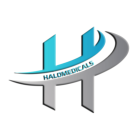
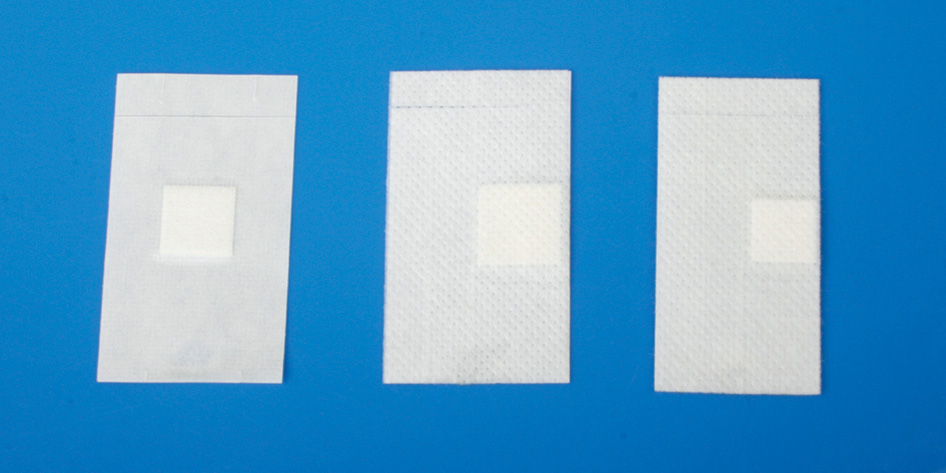
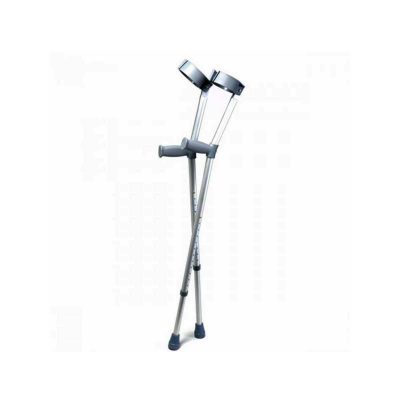
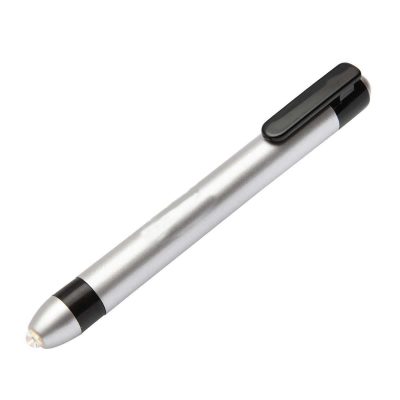
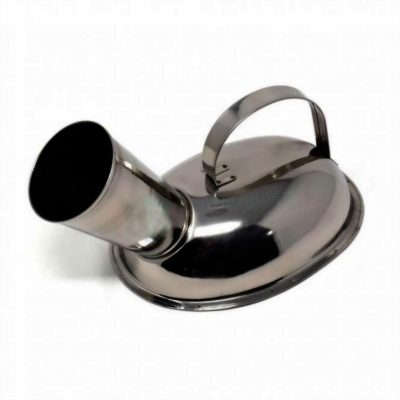
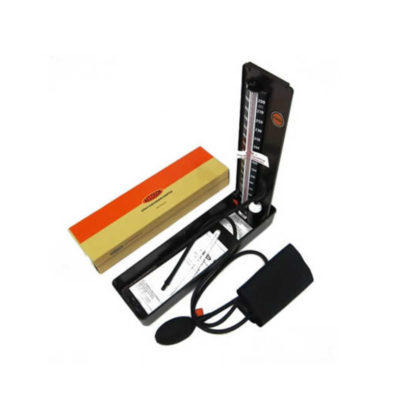
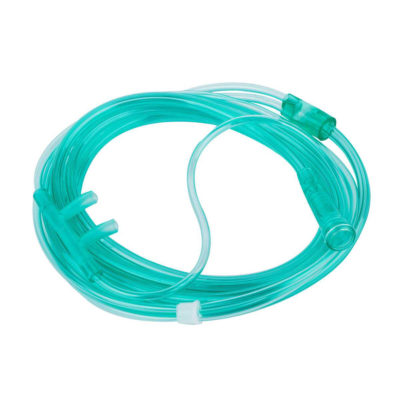
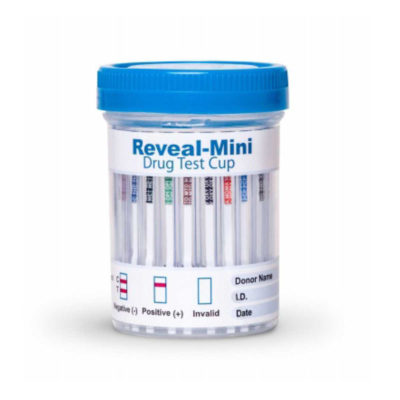
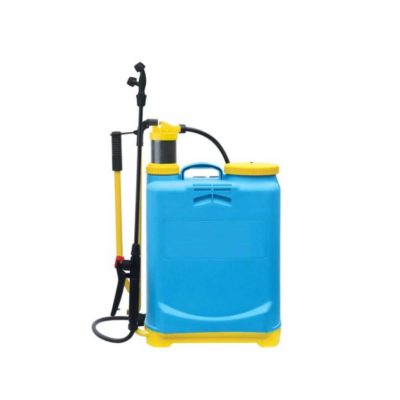
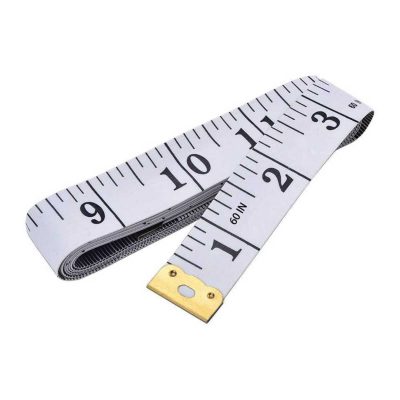
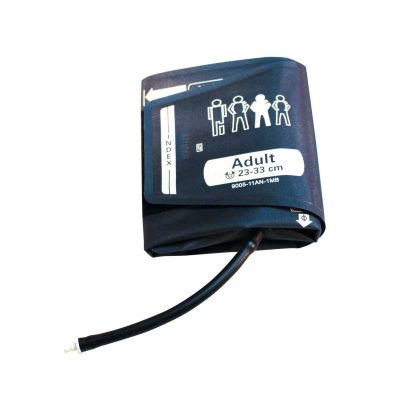

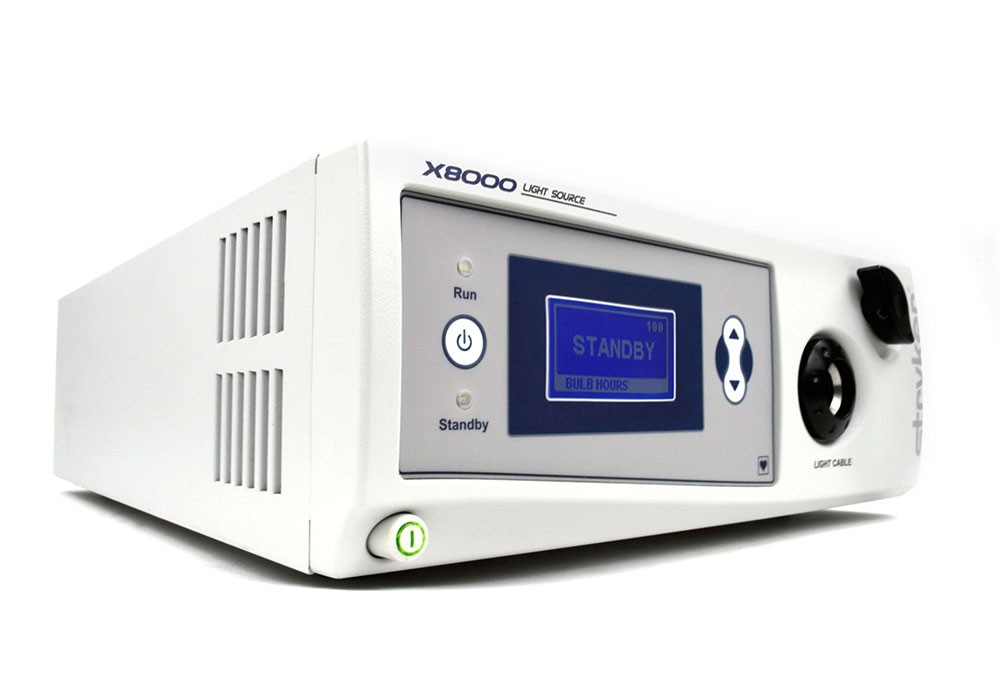
Reviews
There are no reviews yet.